Gentlemen’s Guide: Bangkok’s 5 Best Barber Shops
These top 5 barber shops in Bangkok are where gentlemen can elevate ...

A wave rises, rolls, crashes on shore and leaves a trace, then another rises, rolls and repeats. The salty, ever-shifting shore of Thai cinema has experienced arrivals of a few waves over the past 50 years – an onrush of creative sparks from a group of young (mostly male) filmmakers who collectively pushed the commercial and artistic parameters of Thai film forward. Some of these waves might not ring international echoes, but some successfully turned domestic sensibilities into a body of work recognized by the world.
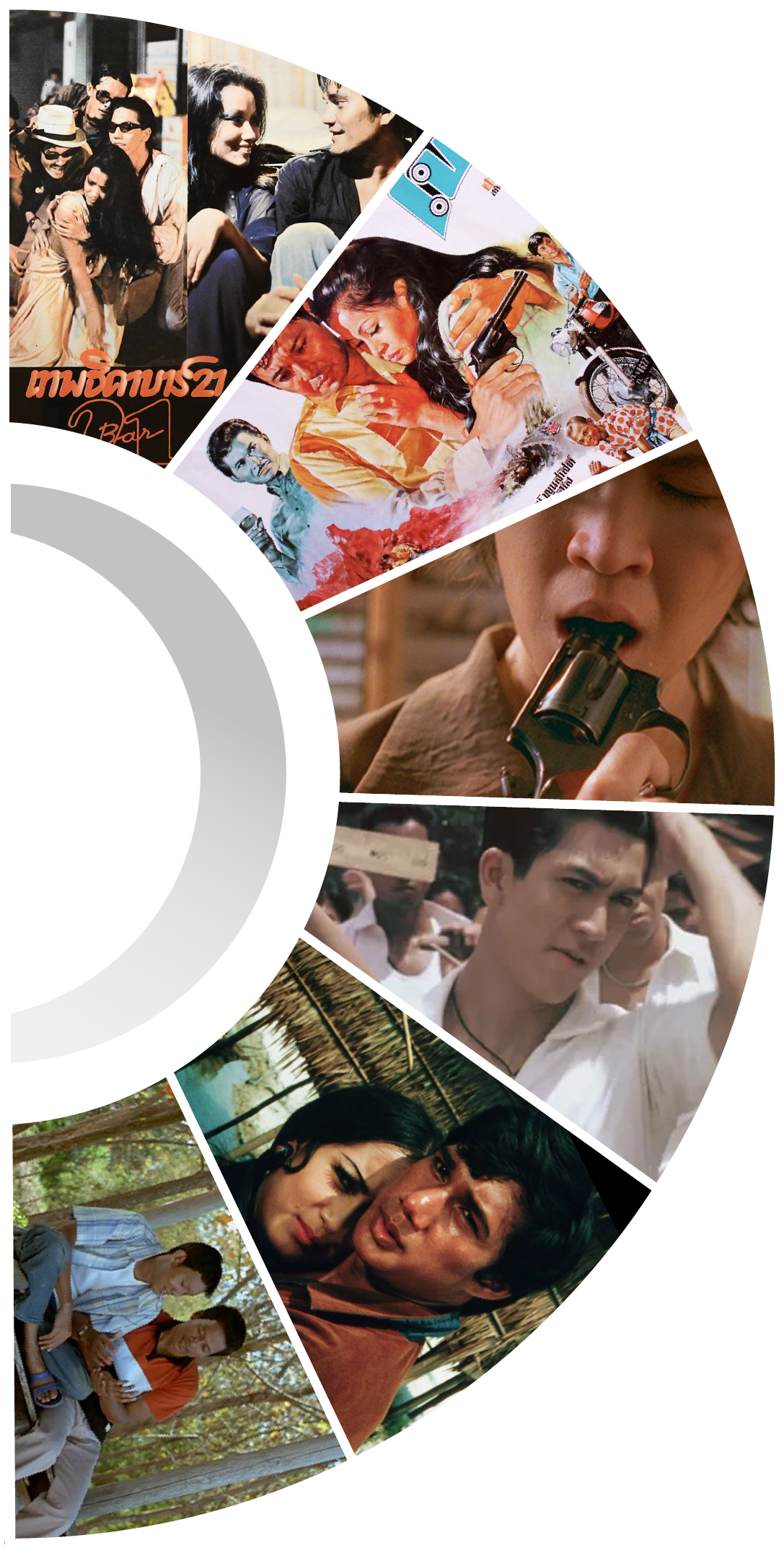
Popular scholarship of late enshrines the term “Thai New Wave” to the spectacular rise of young directors in the late 1990s, spearheaded by Nonzee Nimibutr’s Daeng Bireley and Young Gangsters in 1997. Nonzee opened the floodgate that unleashed other familiar names such as Pen-ek Ratanaruang, Wisit Sasanatieng, Apichatpong Weerasethakul, Jira Maligul, and other early 2000s mavericks, each arriving on the scene with disparate cinematic sensitivities. But hold your horse: Thai film history began long before that, and the first wave – the original T-Wave if you permit – came flying their 35mm. flag in the tumultuous decade of the 1970s, landing their sci-fi curios, teenage comedy and social drama right in the midst of political disturbances.
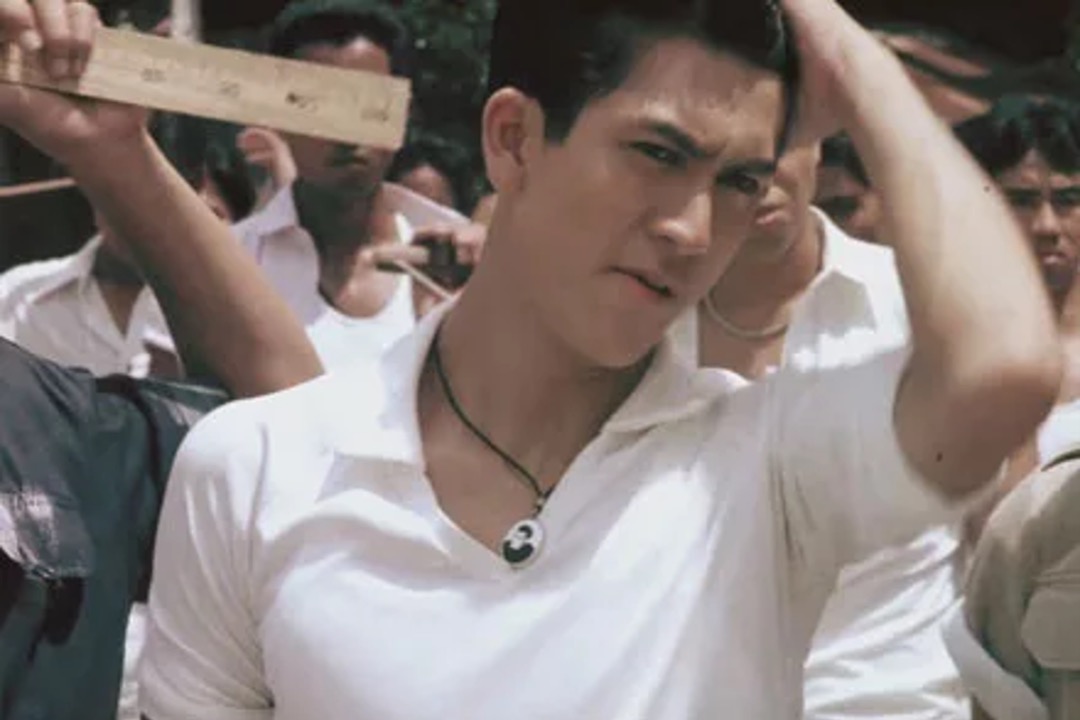
Daeng Bireley and Young Gangsters in 1997
This wave – for it was certainly qualified as a wave – was made up mainly of Prince Chatrichalerm Yukol, Piak Poster, and Sakka Charujinda, three directors who made Thai cinema of the 1970s look “serious” if not in content then in sentiment. Who baptised them as a wave? The press, of course (film scholarship dealing with Thai cinema was scant in those days). And where that “wave” lingo came from isn’t too hard to surmise: in the previous decade, the French New Wave caused a stir in film criticism – in the way cinema itself was defined – and thus the term “new wave” caught on and was deployed to signify any wild bunch of young artists anywhere in the world out to upend the existing conventions – in their choice of subject matter, style, form, and cinematic rudiments.
Prince Chatrichalerm, Piak (real name: Somboonsuk Niyomsiri), and Sakka made dissimilar kinds of film: the prince’s debut was a low-key sci-fi (more fi than sci) Mun Ma Kab Kwam Mued (It Came From the Dark, 1970); Piak came to the scene with Tone (1970), a drama with a touch of thriller; Sakka’s first film was Wiman Slum (Slum Paradise, 1971), a rather self-explanatory title. These films have nothing in common in term of story, but what united them as a wave that splashed onto the dire shore of Thai cinema at that point was an air of maturity and a shared conviction – a determination to upgrade local films from cheap, 16 mm. disposable entertainment to 35 mm. commercial art. They make Thai films look good. Respectable even. They would go on to make a dozen more films each, but their arrivals signaled the sunrise of a new era.
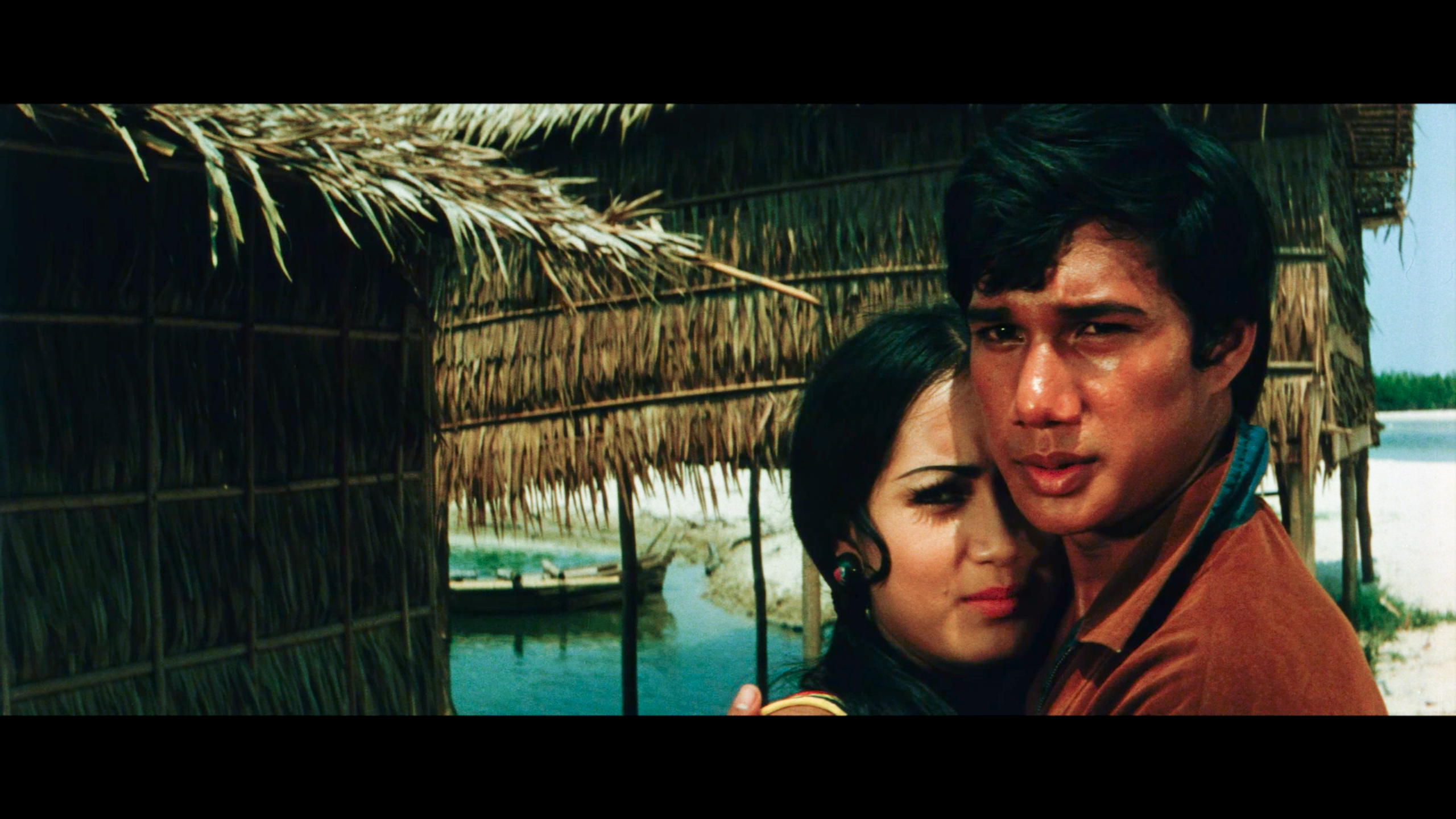
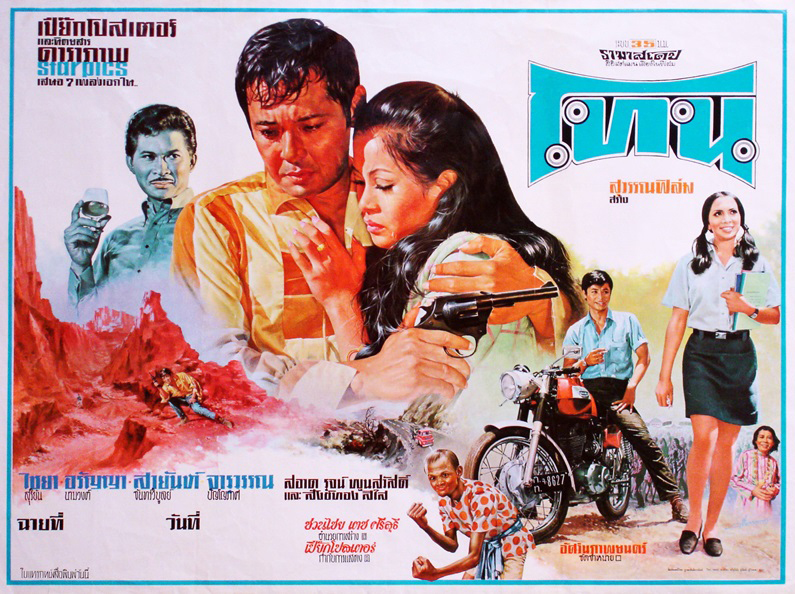
That first wave was immediately followed by the next. Young directors who came of age during the democracy-dawning 1970s and 1980s made films heavy with messages and political pointers: Euthana Mukdasanit with his seminal musical Theptida Bar 21 (Angels of Bar 21, 1978), Surasee Phatham’s social-realism smash Khru Bannok (Country Teacher, 1978), Permpol Chaiaroon’s Cheewit Badsop (A Fucked-Up Life, 1977) and Muang Nai Mok (A Town in Mist, 1978), and more.
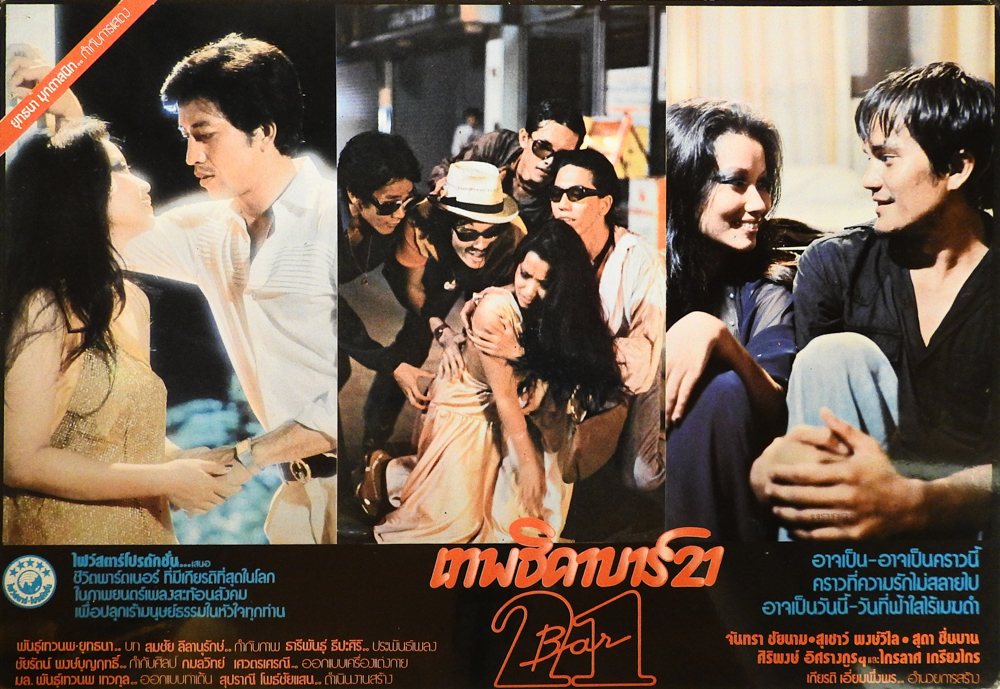
Now these are major films in Thai film history, but they have largely flown below the radar of international film conversation and not contributed (or not enough) to the studies of global cinema compared to, say, Japanese, Korean or even Filipino films from the same period. It’s not until the late 1990s and the next wave – the de facto Thai New Wave, or rather, the New New Wave – that our films and directors put themselves on the world atlas of cinema. We finally became part of the discussion.
This wave is the most written about, mused upon, academically studied, loved and dismissed, by both local and foreign critics, scholars, cinephiles and curators. It began, as mentioned, with Nonzee’s Daeng Bireley and Young Gangsters, bolstered by his friends such as Pen-ek (6ixtynin9, Monrak Transistor), Wisit (Tears of the Black Tiger), the sole female force Pimpaka Towira (One Night Husband, The Truth Be Told), as well as hit-makers such as Yongyoot Thongkongtoon (The Iron Ladies), and turbo-charged by the soon-to-be artistic powerhouse Apichatpong (Tropical Malady, Uncle Boonmee Who Can Recall His Past Lives). Again, their films seem as disparate as popcorn and pad thai – the black-and-white cine-poem Mysterious Object at Noon came out the same year as the gay volleyball comedy The Iron Ladies, for instance – but then, like the first-wavers of the early 1970s, these late-1990s new-wavers collectively pushed the boundaries and shifted the plain of Thai cinema consciousness, breaking away from what was to show the possibility of what can be (show it, that is, to themselves and to the audience). And the timing couldn’t be more apt: The 1990s New Wave rode a larger wave that was roiling on top of it – the Asian wave, so to speak, when movies from East and Southeast Asia gained critical popularity at film festival circuits in Europe and the US (some names: Wong Kar-wai, Hou Hsiao-hsien, Edward Yang, Park Chan-wook, Lee Chang-dong). The Korean Wave as we know it now racked up its first international mileage at around the same time.
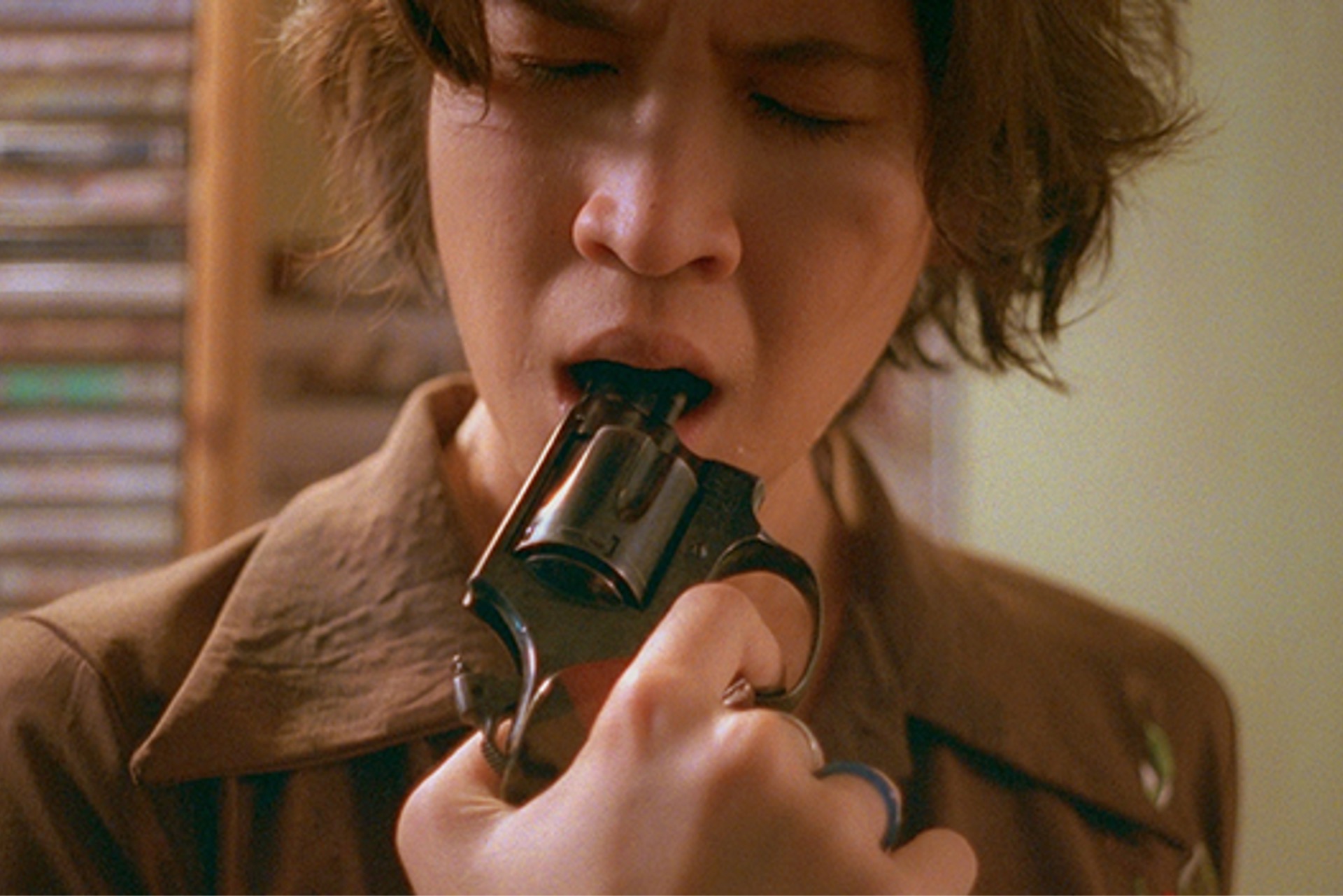
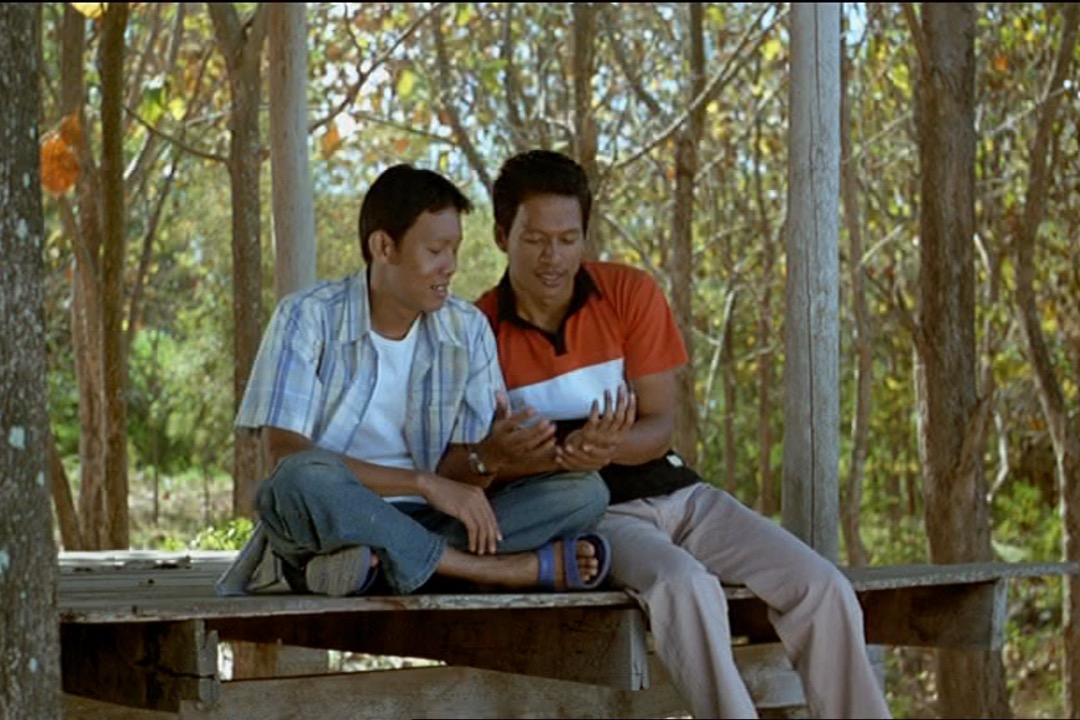
After that famous wave, the following generation of Thai filmmakers came of age in the first half of the new millennium (say, Aditya Assarat, Anocha Suwichakornpong, Kongdej Jaturanrasmee) but they were not actually referred to as another “wave” (e.g. “the New New Wave”). Maybe that signifier has lost its excitable quality because, like, how many new new new new waves can you have? And again in the 2010s up to the present, another pack of upcoming Thai directors has emerged from a cloud of uncertainties and claimed a good share of the spotlight. In short, each generation has its own disruptors, and waves will never cease to crash on shore.
Now, let’s admit that the “T-Wave” banner is a bit of a stretch. Picture it, then compared to, obviously, the unmistakable tsunami of Korean Wave – it even has its own label, Hallyu. But still, what we may proudly call upon to represent the creative force of Thai film at work today is a combination of these last three waves – the late-1990s New Wavers up until the young filmmakers making their debuts at recent European film festivals.
This year, this wave is birthing a few highly expected movies. Nontawat Numbenchaphol will release the Chiang Mai-set thriller Doi Boy, about a Shan cabaret dancer embroiled in shady business; Sivaroj Kongsakul is finishing his long-gestated Regretfully at Dawn, a drama based on the life of his grandfather; Chookiat Sakveerakul is having two films, the metaverse-historical Taklee Genesis, in which a former US army base in the Northeast becomes a time-travelling machine, and Mondo, a romantic comedy set in an app-making world. Nawapol Thamrongrattanarit, one of the most recognisable names among the post-2010s new new-wavers, is cooking up films and other visual delights, while Sorayos Prapaphan is coming down from the success of his highschool satire Arnold Is a Model Student.
A wave rises, rolls, crashes on shore and leaves a trace, then another rises, rolls and repeats. It’ll take another while before we catch up with the bigger K-wave, but we’re studiously working on it – we’ve been working on it for the good part of the last 30 years.
These top 5 barber shops in Bangkok are where gentlemen can elevate ...
Wandering around the globe, try out the signature tastes of cultures across ...
Pets, as cherished members of our families, deserve rights and protections that ...
Sailorr and Molly Santana’s black grills fuse hip-hop swagger with homage to ...
What happens when Bangkok’s dining scene expands beyond the familiar. Ethnic border ...
The dark elegance of Frankenstein’s costume design reveals itself. Gothic and romantic ...
Wee use cookies to deliver your best experience on our website. By using our website, you consent to our cookies in accordance with our cookies policy and privacy policy